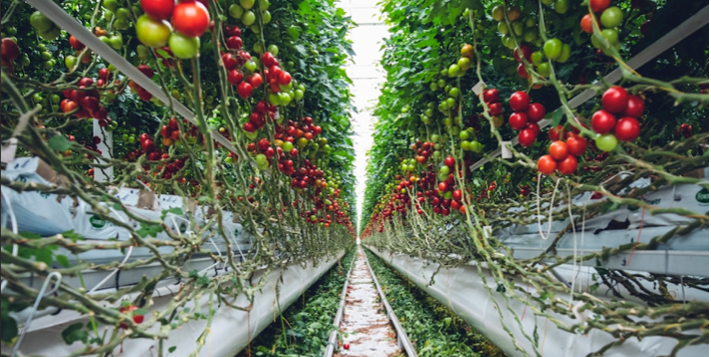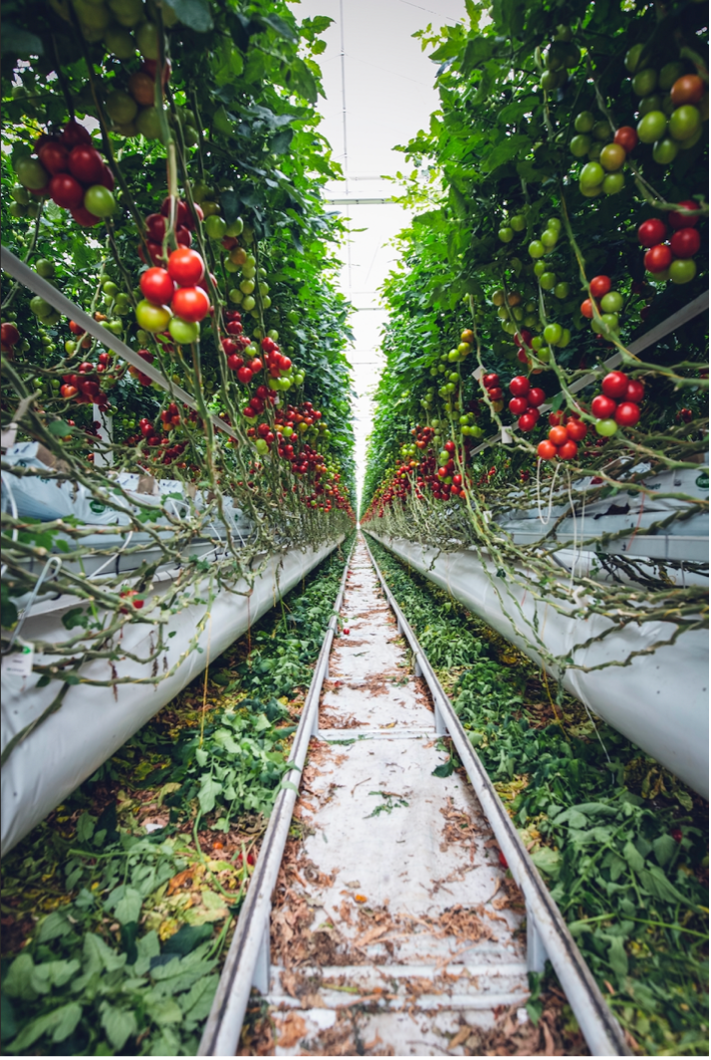EcoPerspectives Blog
How Can Vertical Farming Solve the Issue of Global Population Increase and Food Scarcity?
By Sai Spoorthi Swamy, Staff Editor for the Vermont Journal of Environmental Law
May 2, 2023

According to the United Nations, the human population will reach 8.5 billion by 2030 and 9.7 billion by 2050. Most of the population increase will occur in developing countries. The drastic increase in population threatens global food security and places pressure on agricultural land. The United Nations Food and Agricultural Organization (UNFAO) estimates that food production must increase by 70 percent before 2050. The increase in food production will lead to resource scarcity and volatility. Conventional agriculture requires the consumption of 70 percent global water supply, and half of the world’s population will experience water scarcity by 2030. Current agriculture practices result in 40 percent of crops wasted, which signals that they are unsustainable to meet food demands for the expected population growth in 2030 and 2050. Furthermore, agricultural production has also been impacted by the drastic natural disasters from climate change, which has made agriculture production unreliable, volatile, and vulnerable to crop pests.
Vertical farming is one solution to food scarcity and prevents the volatility in agricultural production caused by climate change. Vertical farming is an agricultural practice that involves producing large quantities of crops in multistory buildings using controlled environmental conditions and nutrients to allow for fast crop growth and planned production. Vertical farming has become popular in recent years. Many countries, such as the United States, Japan, China, Netherlands, Dubai, United Kingdom, and France, have implemented successful vertical farm systems.
Vertical farming has proven to be advantageous. One advantage is that vertical farming systems can operate in cities, allowing for local crop growth. Growing crops locally reduces waste and the energy used to produce and provide food to consumers. In addition, vertically stacked farms are more sustainable, requiring less land and water when compared to conventional farming. For example, vertical farms can yield 10 to 20 times more per acre when compared to conventional farming. Further, vertical farming increases efficiency since it allows crop production year-round. While seasonal changes and geographical locations limit when conventional farmers can grow crops, vertical farming has no such limitations. Growing crops in an indoor, controlled environment also eliminates the need for toxic pesticides or weather resilience, increasing the production of organic produce. Ultimately, vertical farming systems can replace and reduce the risks associated with conventional farming. For example, risks that crops produced by conventional farming are an increase in pests, the spread of diseases, and contamination.
While vertical farming has its advantages, there are also disadvantages. A disadvantage of vertical farming is the cost of construction, specifically the energy and heating costs associated with operating the farm itself. Crop growth in a vertical farming system requires artificial light sources, thus requiring a lot of energy which becomes costly. Along with artificial lighting, vertical farms also require proper ventilation, heating, and air conditioning systems to control humidity which are all expensive. In addition, vertical farming requires dependency on technology, which increases cost and the risk of spoilage from power outages in places like California.
However, ensuring backup generators are available in case a power outage occurs can mitigate this issue. While both vertical and conventional farms are no match for natural disasters like earthquakes, conventional farmers are more vulnerable to natural disasters. This is because natural disasters result in the loss of harvest or livestock and the destruction of agricultural infrastructure and irrigation systems. In comparison, crops and the infrastructure required to produce crops in vertical farms have a layer of foundation that protects them from natural disasters or any outside factor. Furthermore, vertical farming could lead to conventional farmers losing their jobs along the process.
While vertical farming has advantages and disadvantages, it is a promising solution to addressing the drastic increase in global population. Before expanding the use of vertical farming, further research or technological advancement is required to help reduce the high operating costs associated with vertical farming.

